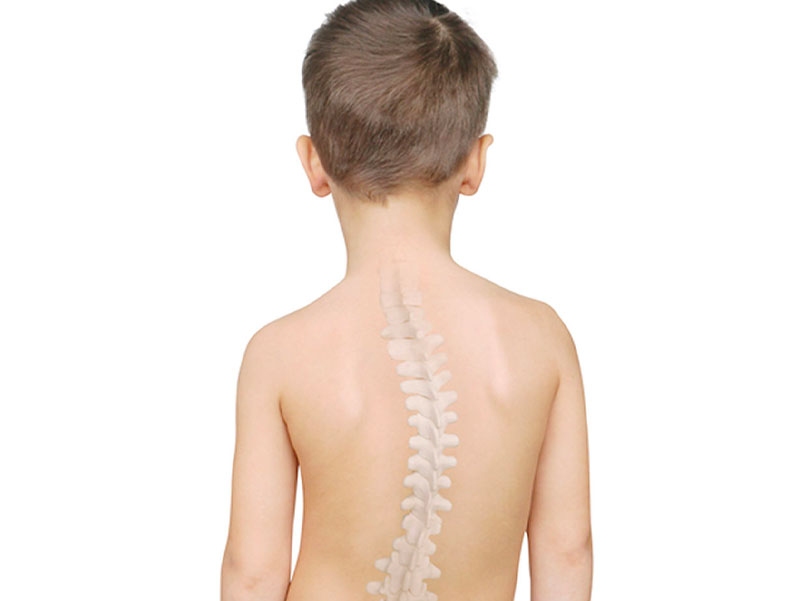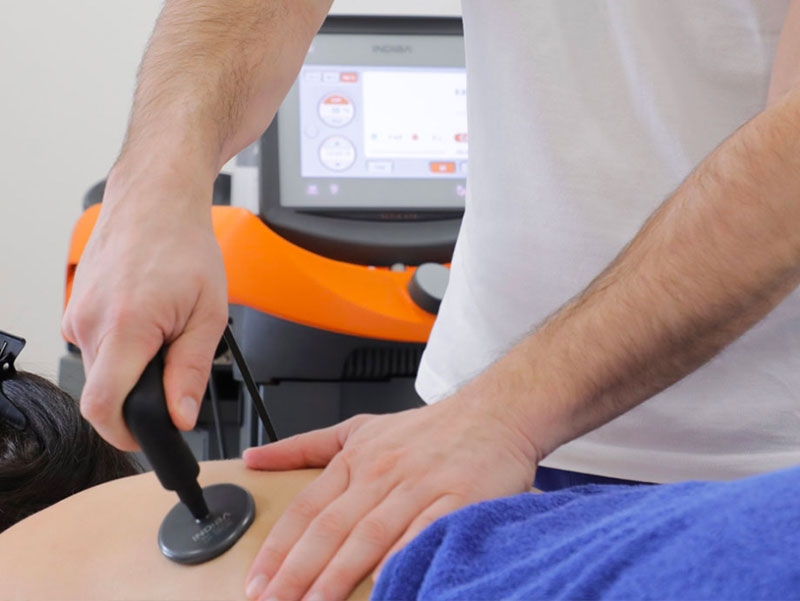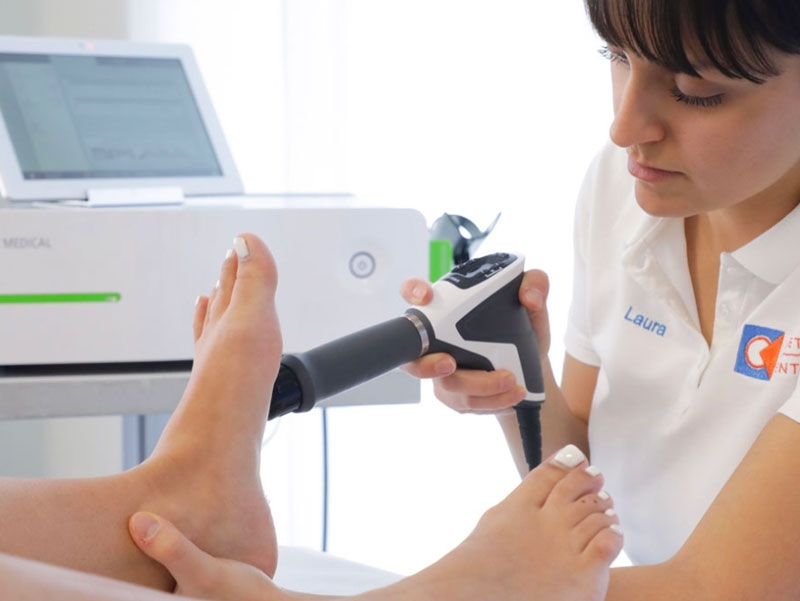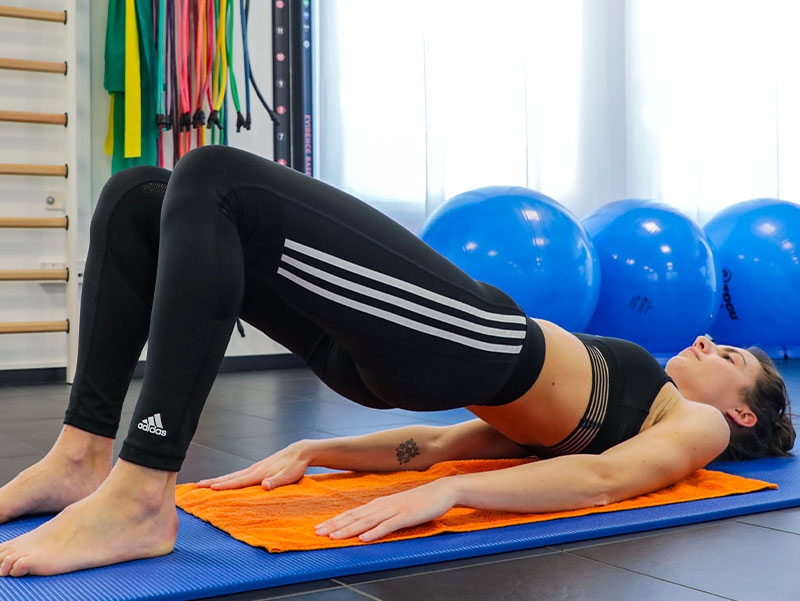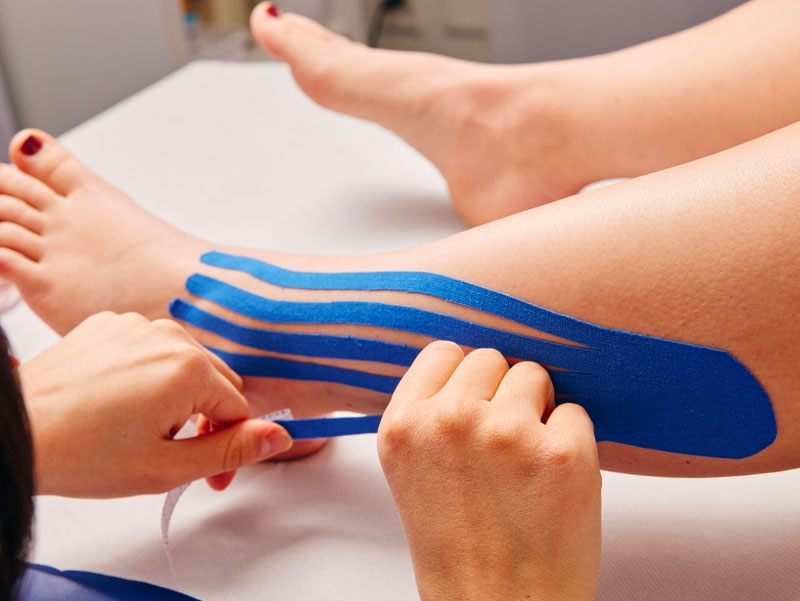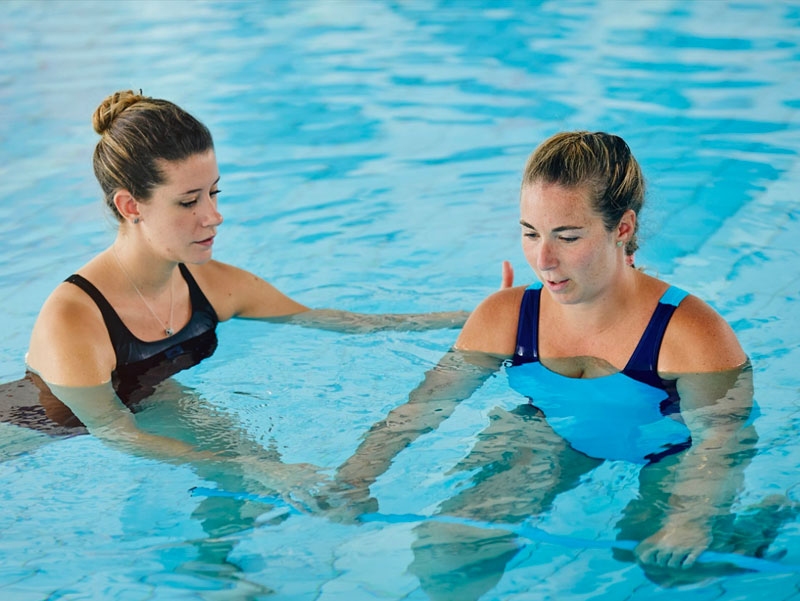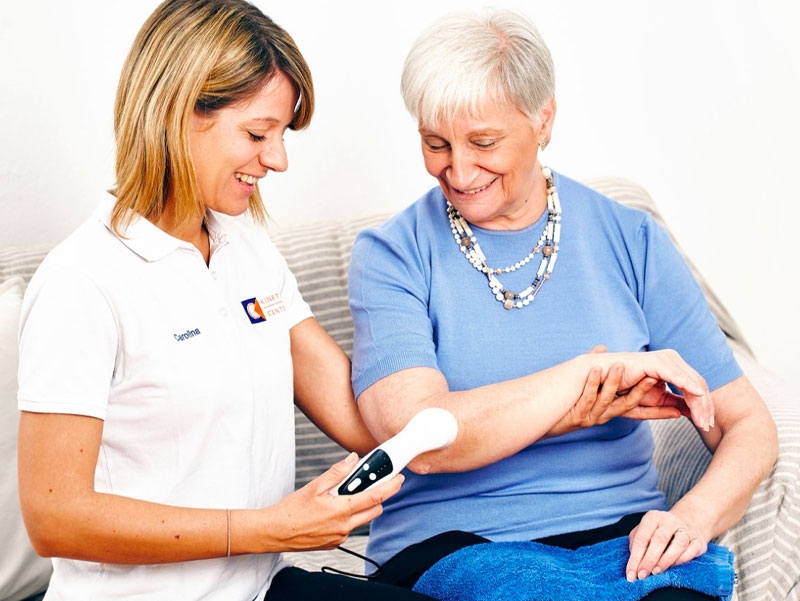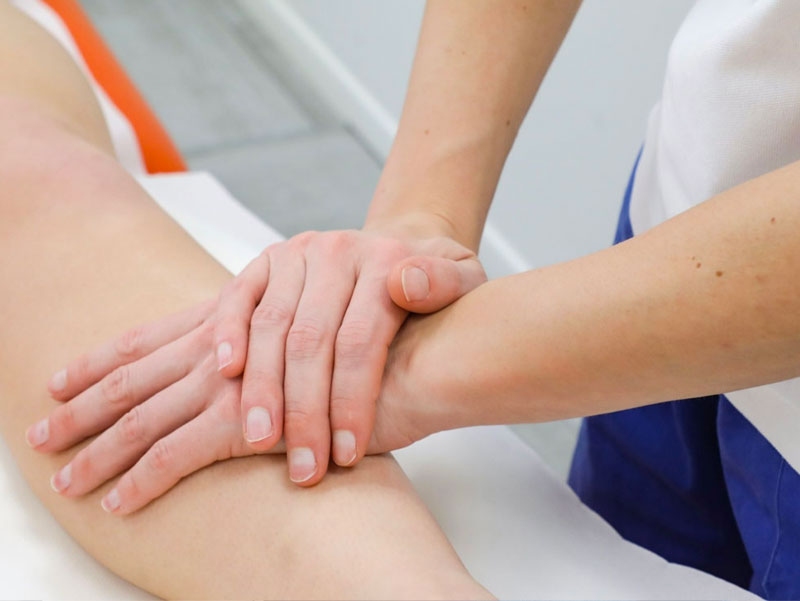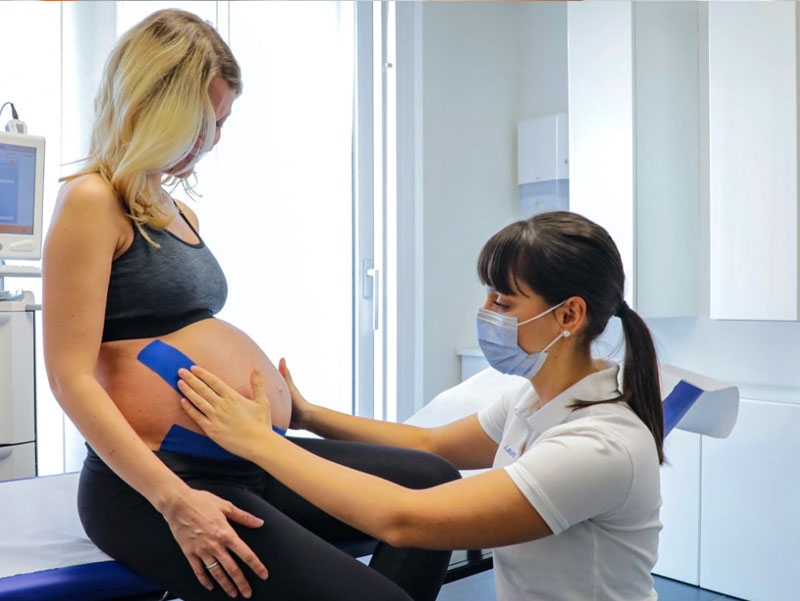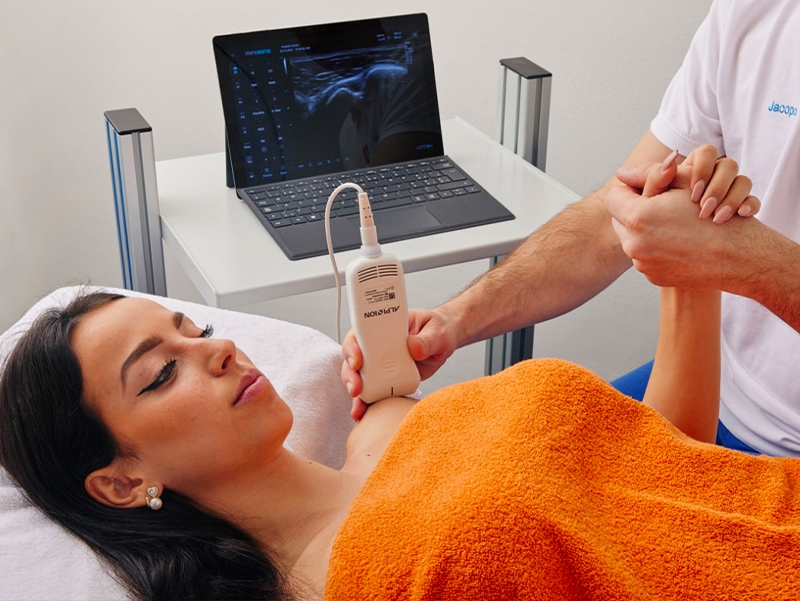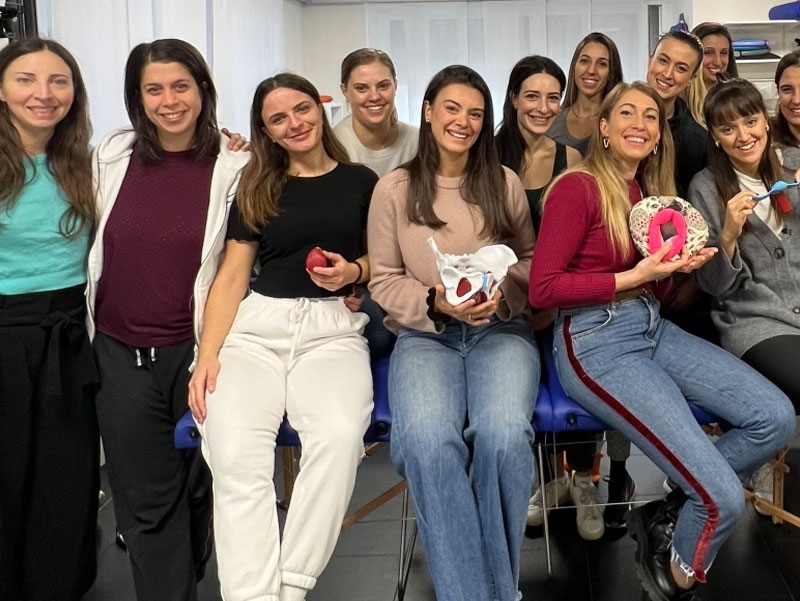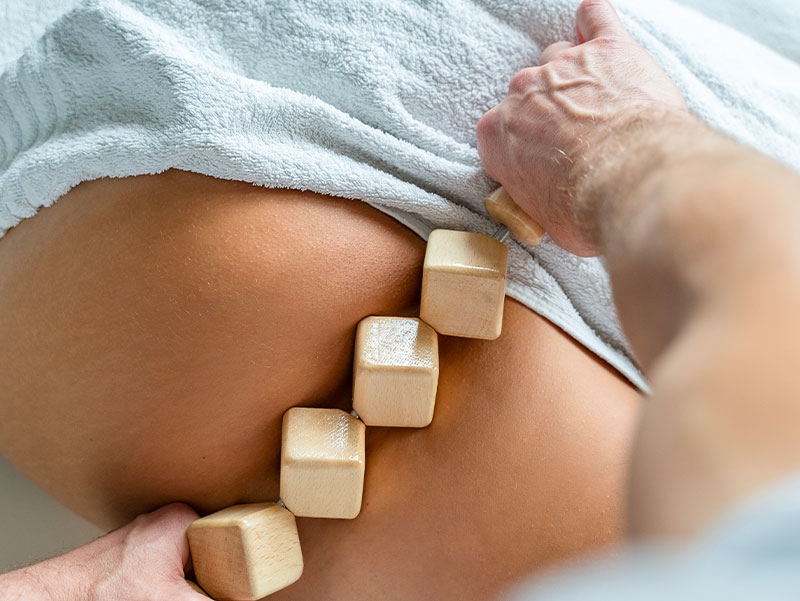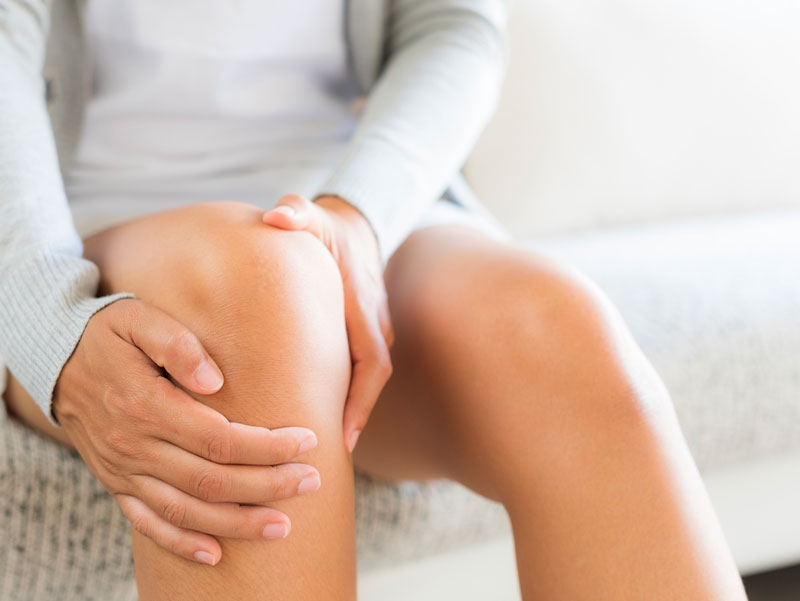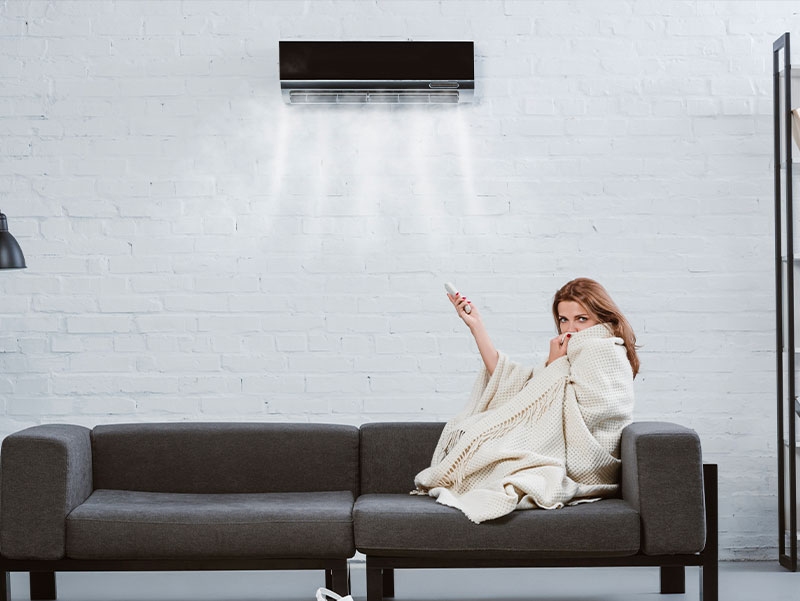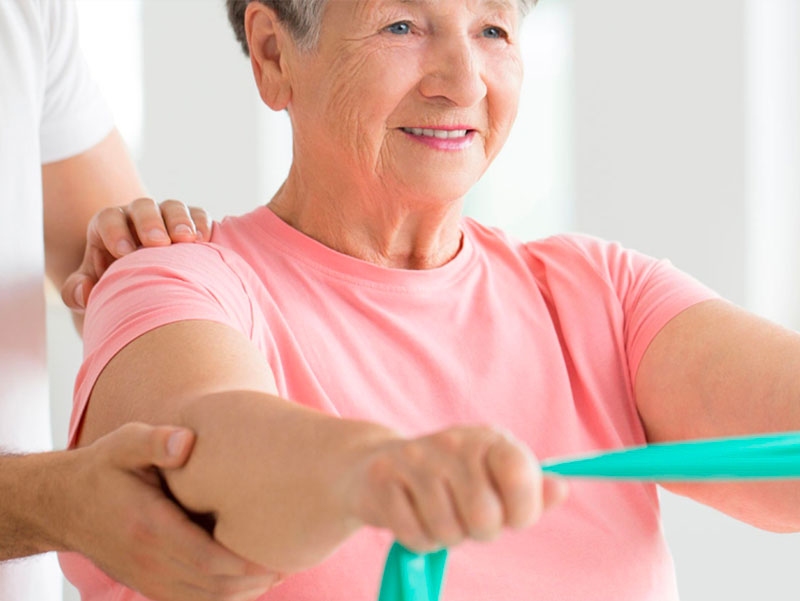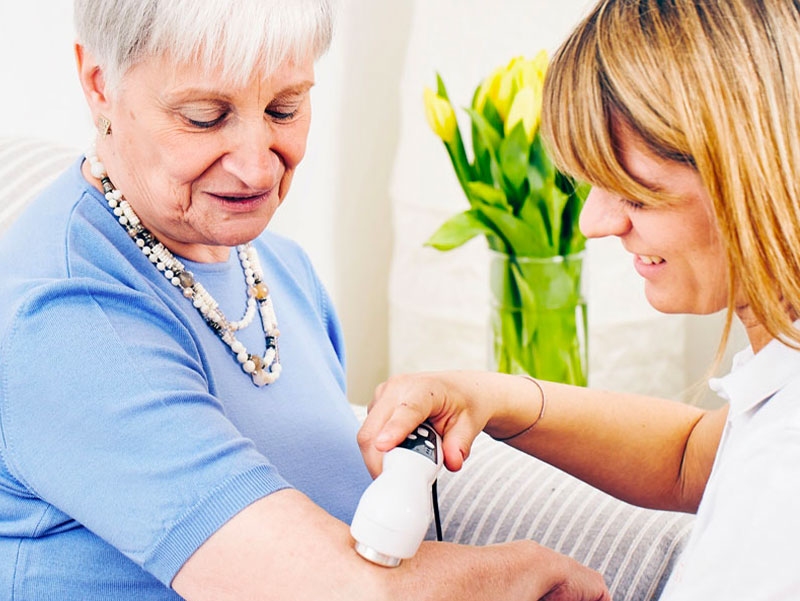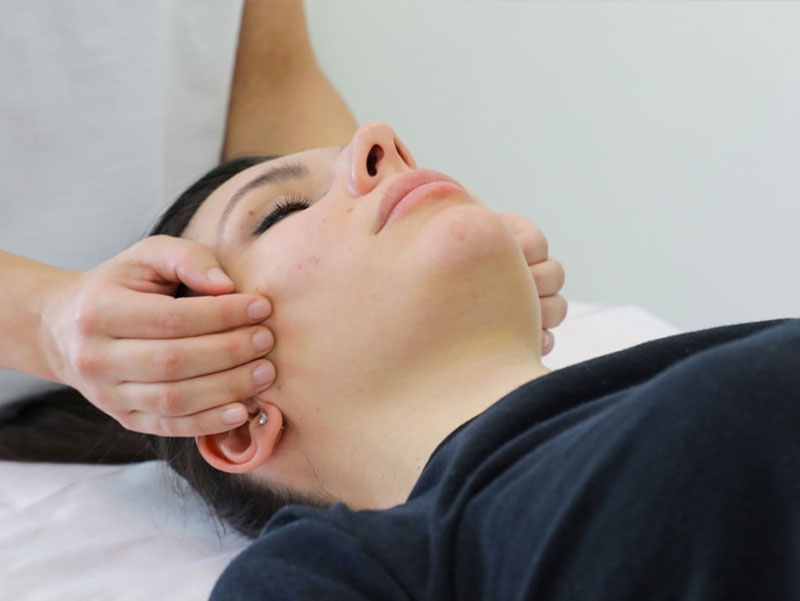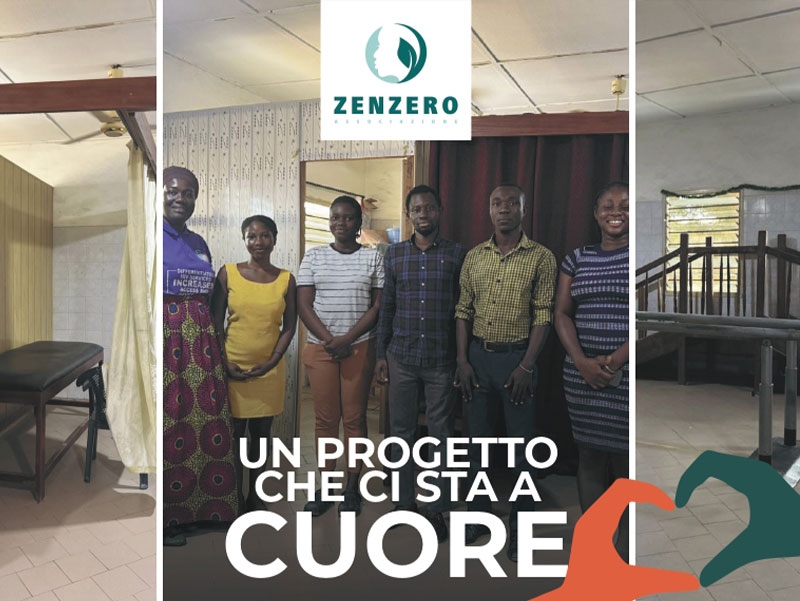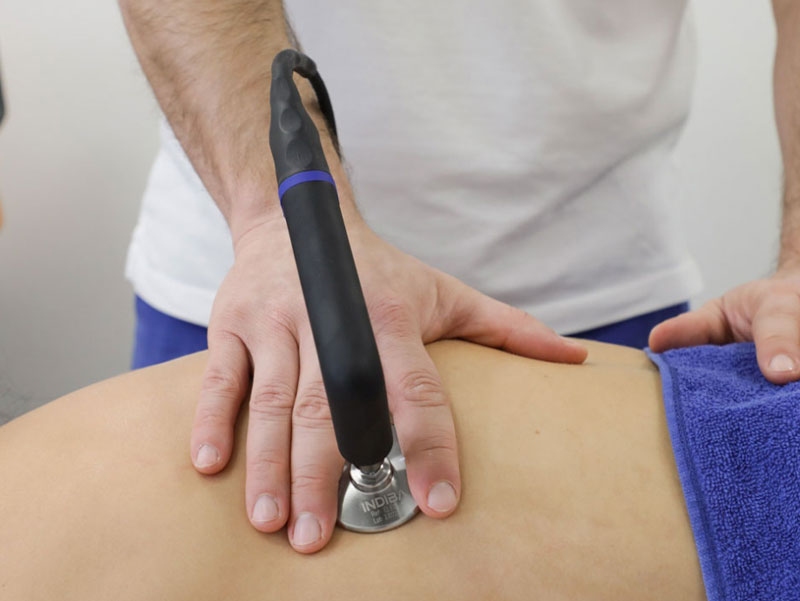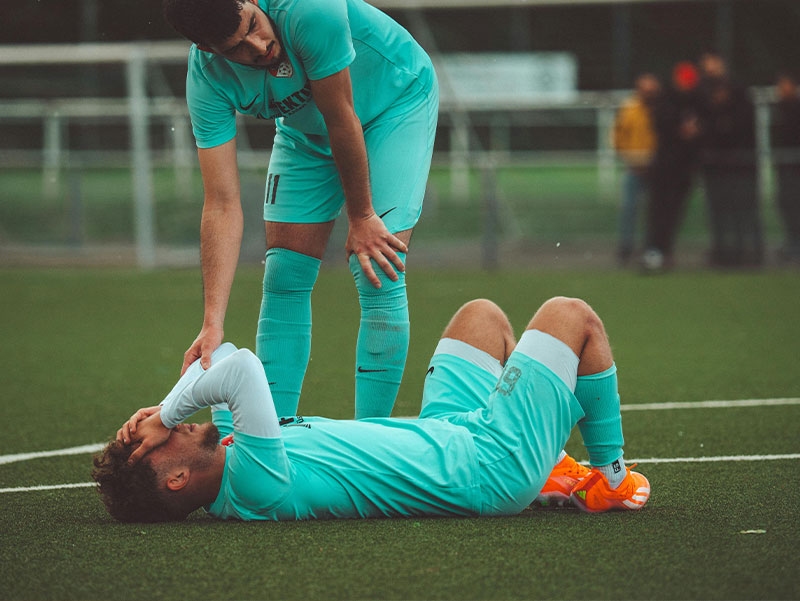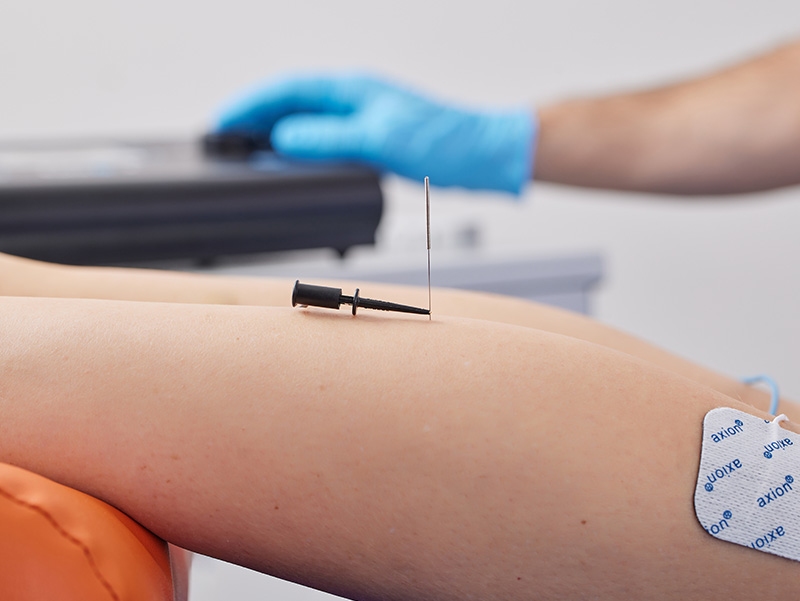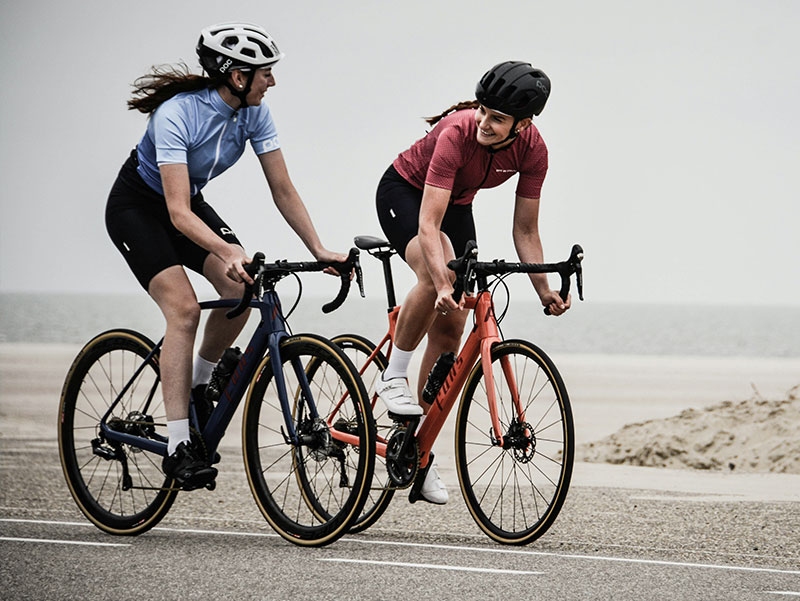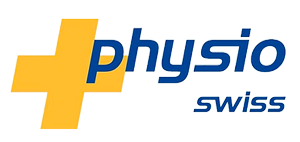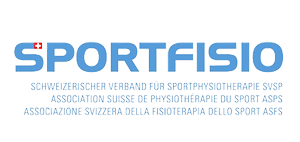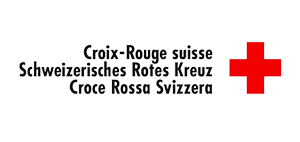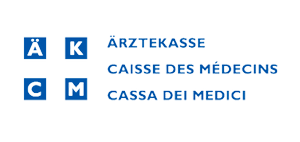A guide to understanding, preventing, and treating spinal deformities (scoliosis) in children and adolescents.
What is scoliosis?
Scoliosis, a term already used in ancient Greece from skolíosis meaning curvature, refers to a deviation from the physiological alignment of the spine, characterized by a lateral deviation in the frontal plane, accompanied by the rotation of the vertebral bodies and deformation of the intervertebral discs.
Scoliosis can appear in the thoracic, lumbar, thoracolumbar, and more rarely, cervical regions. If left untreated, it can cause deformation of the fibrocartilaginous intervertebral discs and muscular shortening, which may lead to severe bone, muscle, joint, and nerve pain, both local and widespread.
What causes scoliosis? Can it be prevented?
Scoliosis can have different causes. A small percentage is acquired (due to trauma) or congenital/hereditary (present at birth), but in most cases—8 out of 10—it is idiopathic, meaning it does not have a specific identifiable cause.
Idiopathic scoliosis can appear at any stage of growth, especially during adolescence. It is significantly more frequent in girls, who are affected seven times more often than boys of the same age.
Preventive measures are essential: having children and teens undergo regular check-ups is crucial to detect any early signs and ensure they maintain healthy and proper lifestyle habits, from early childhood through adulthood.
How is scoliosis treated?
The first step in treating scoliosis is identifying the exact location, severity, and characteristics of the condition. Each patient requires a personal evaluation and a tailored therapy plan, with specific goals and timeframes. In general, treatment can be divided into three types, depending on the degree of curvature of the spine.
- Mild cases (within 15/20 degrees): Treated with rehabilitative exercise therapy, during which the child learns the correct posture and performs active exercises both during the sessions and independently at home.
- Moderate cases (between 20 and 35/40 degrees): Addressed with a combination of physiotherapy and orthopedic bracing, which realigns the trunk and maintains the correct posture for a defined period, typically a few months. Exercises are crucial here to maintain muscle tone in the back, which may be restricted for long periods.
- Severe cases (over 30/40 degrees): Require surgical intervention and specific rehabilitation. In these cases, the physiotherapist plays a key role before and after the operation, to maximize the effects of the surgery, promote full recovery, and reduce recovery time.
At Kinetic Center, we specialize in treating scoliosis, including pediatric and developmental scoliosis.
At Kinetic Center, you'll find professionals specialized in the prevention and treatment of scoliosis for all ages and needs. Our therapists regularly attend national and international training courses to stay updated on innovations in treatments and medical equipment.
For children and teens in particular, we design therapy sessions that actively involve them from the first evaluation, in a playful and engaging environment that fosters focus, enthusiasm, and participation. You can find all the information on the pages of our website dedicated to pediatric and postural physiotherapy.
Call our clinic or fill out the form on our website to schedule a free, no-obligation appointment and discover everything we can do together for your child’s health.
